When it comes to installing a drainage system, the cost can be a major concern for homeowners. Understanding the factors that can influence the price tag of drainage installation can help you make informed decisions and budget accordingly.
One of the main factors that can impact the cost of drainage installation is the size and complexity of the project. The more extensive the drainage system needs to be, the more materials and labor will be required, resulting in a higher overall cost. For example, installing a simple French drain in your yard may be relatively affordable, while installing an elaborate network of drains throughout your property can be much more expensive.
Another factor that can influence the cost of drainage installation is the type of materials used. There are a variety of drainage systems available, each with its own set of pros and cons. For example, plastic drainage pipes are a cost-effective option, while metal pipes are more durable but also more expensive. The type of materials you choose for your drainage system will ultimately impact the overall cost of the project.
The location of the drainage installation can also play a role in determining the cost. Installing drains in a flat, easily accessible area is generally less expensive than installing them on a steep slope or in a hard-to-reach location. The ease of access for equipment and workers can impact the time and labor required for the installation, which in turn affects the overall cost.
Weather conditions can also impact the cost of drainage installation. If the ground is frozen or saturated with water, it can be more difficult and time-consuming to dig trenches or install pipes. This can result in higher labor costs and delays in the project timeline, ultimately increasing the overall cost of the installation.
In addition to these factors, the expertise and experience of the contractor you hire can also influence the cost of drainage installation. A skilled and reputable contractor may charge more for their services, but they can also ensure that the project is completed correctly and efficiently, potentially saving you money in the long run by avoiding costly repairs or re-installations.
It’s important to remember that investing in proper drainage installation can ultimately save you money by preventing water damage to your property. Poor drainage can lead to a variety of issues, such as foundation damage, mold growth, and erosion, all of which can be costly to repair. By investing in a quality drainage system, you can protect your home and property from these potential hazards and save yourself money in the long run.
In conclusion, understanding the factors that can influence the cost of drainage installation can help you make informed decisions and budget effectively for your project. By considering the size and complexity of the project, the type of materials used, the location of the installation, weather conditions, and the expertise of the contractor, you can ensure that you get a quality drainage system that meets your needs and fits your budget. Remember, investing in proper drainage installation is an investment in the long-term health and safety of your property.



